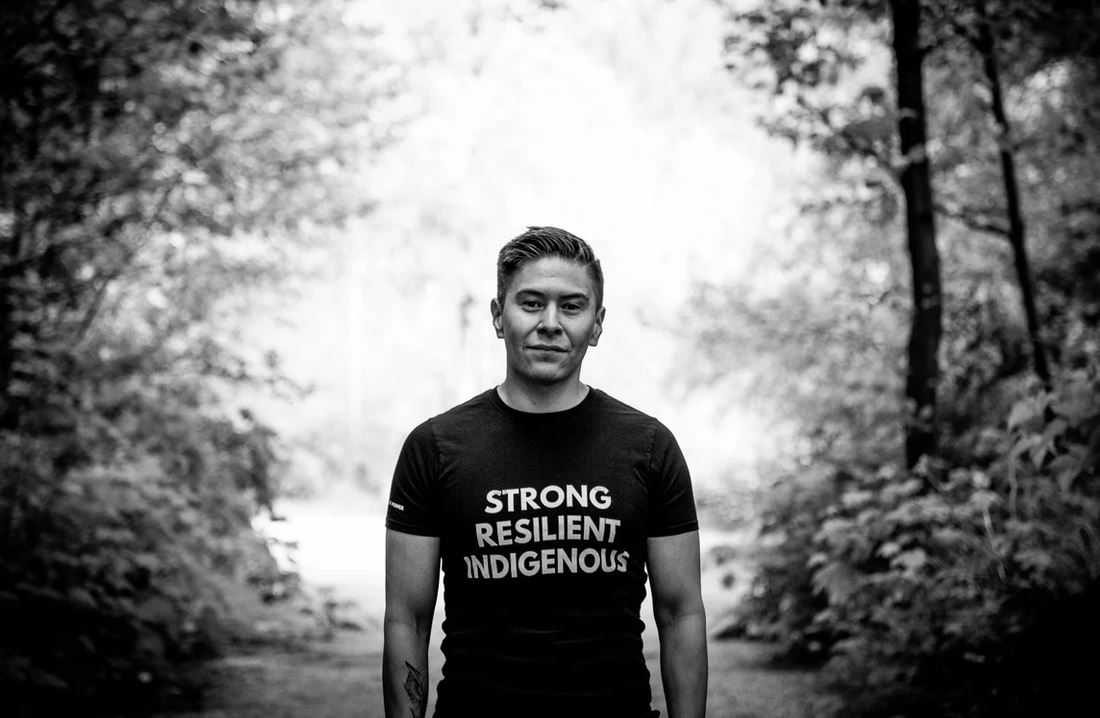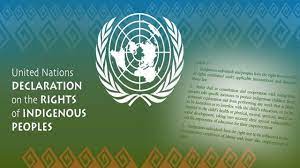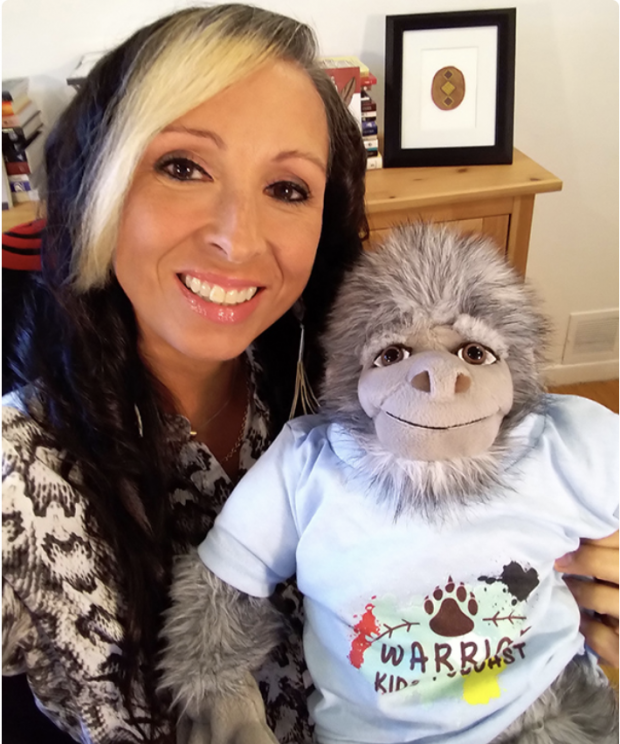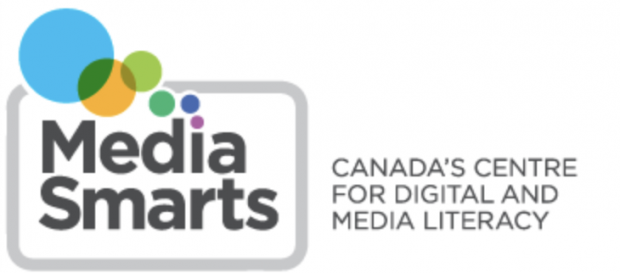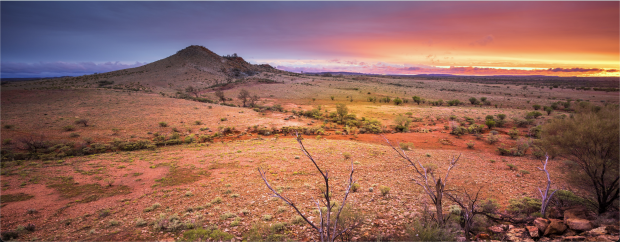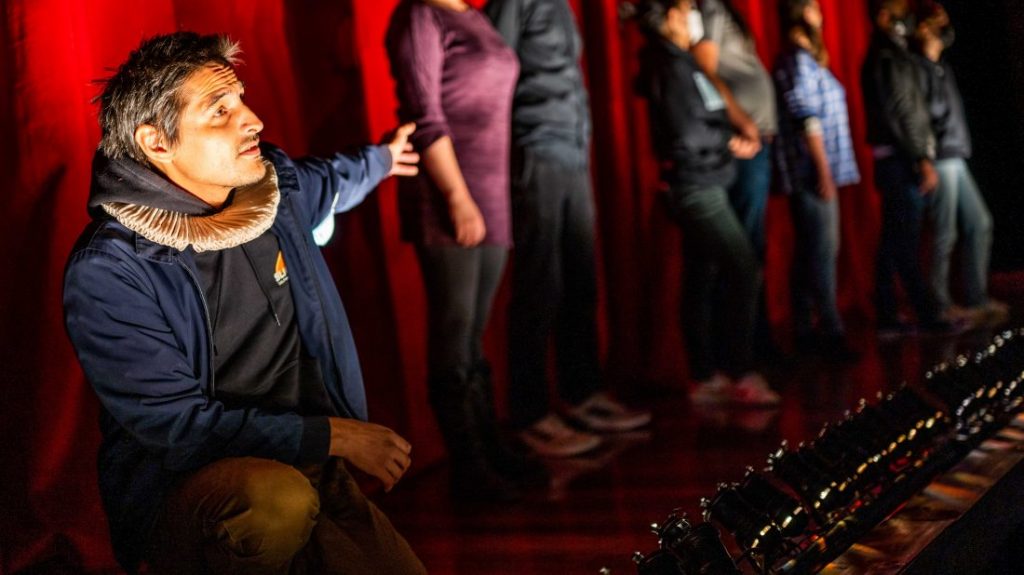For my second blog post, I wanted to share some of the small ways I try and incorporate Indigenous voices and representation in my daily life. Through the use of digital technologies and the advent of social media, I am able to expose and connect myself to Indigenous content creators, and they, are able to create content and share to a worldwide audience.
One content creator I love and follow is Cree, James Jones, and goes by the name Notorious Cree. He shares his journey of reconnecting with his own culture through traditional dance and uses his platform to encourage others to do the same and to find pride in who they are. James Jones has found a way to connect with his audience through orality, using videos which are educational, and include teachings about his dance and his culture. To view his works, click here.

Another content creator who I enjoy following to learn about their culture is Shina Novalinga. She is Inuk and is known for her TikTok videos where she throat sings with her mom as well as her activism. Her content ranges from educational material about Inuit culture to some of the challenges people in her community and other northern Indigenous communities face. To view her works, click here.

I genuinely feel that social media is in the hands of the creator, giving them a platform from which they can tell their stories without the (colonial) influence of others. Both of these content creators have over 3.5 million followers, thus their reach is far. They control their stories and how they want to share their culture with the world, empowering themselves, breaking stereotypes and showcasing the diversity among Indigenous people across North America.



